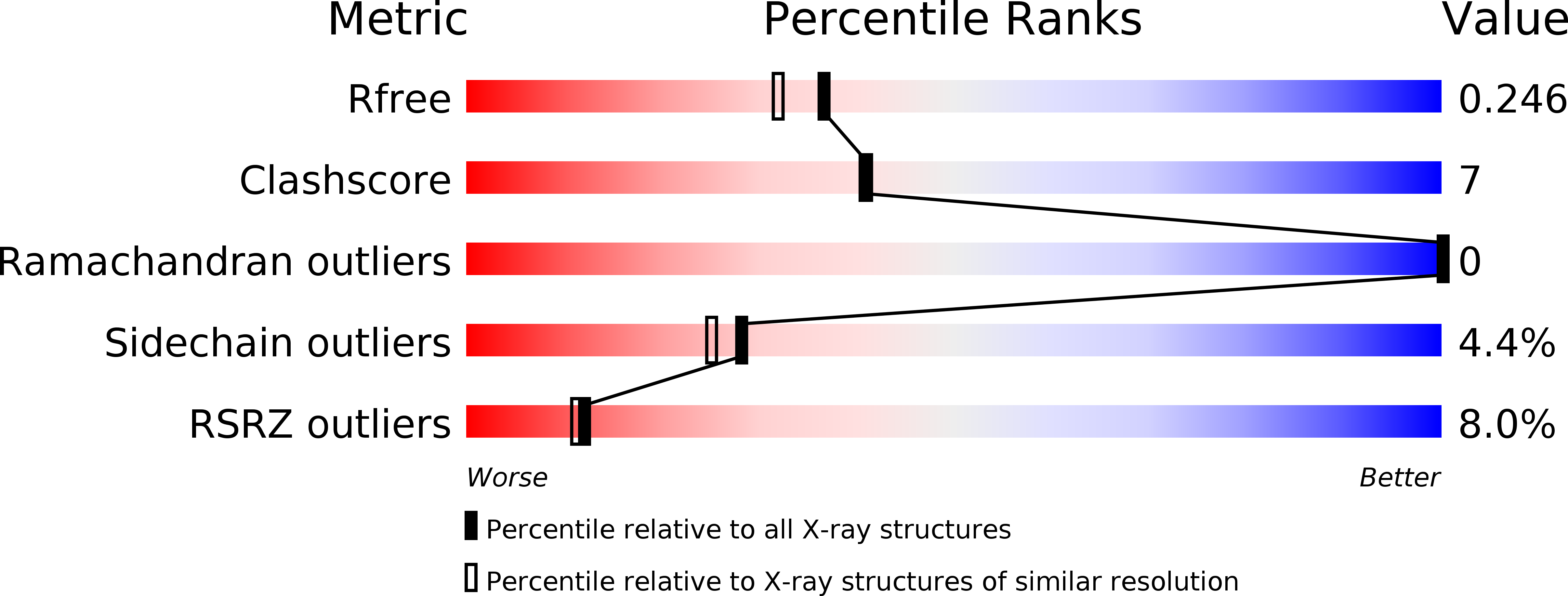
Deposition Date
2006-09-19
Release Date
2006-10-24
Last Version Date
2024-02-21
Entry Detail
PDB ID:
2IEW
Keywords:
Title:
Crystal structure of Inositol Phosphate Multikinase Ipk2 from S. cerevisiae
Biological Source:
Source Organism:
Saccharomyces cerevisiae (Taxon ID: 4932)
Host Organism:
Method Details:
Experimental Method:
Resolution:
2.00 Å
R-Value Free:
0.25
R-Value Work:
0.20
R-Value Observed:
0.21
Space Group:
P 63


